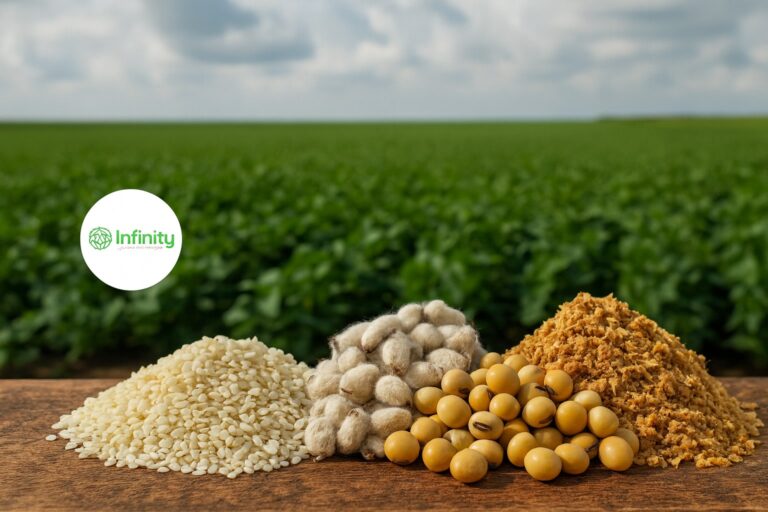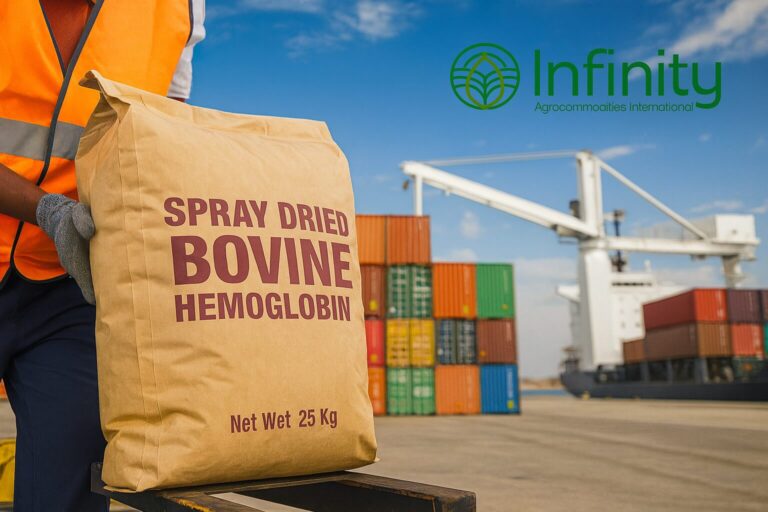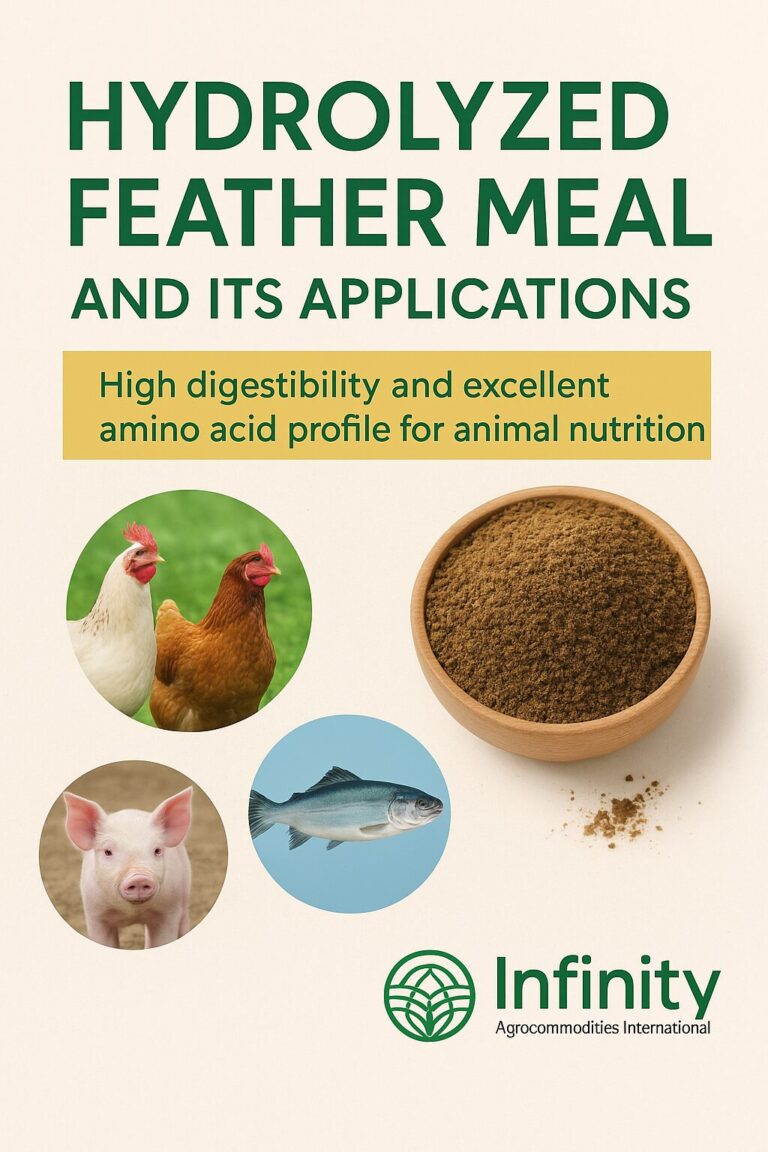Iowa State Extension specialist sets the record straight on two common misconceptions about soybean production…
Seed set is the most critical time in the reproductive phase for soybeans. If you’re after top yields, is there anything quick and easy you can do to harvest more bushels?
Get-rich-quick schemes don’t work in the soybean field. Mark Licht, Extension corn and soybean specialist at Iowa State University, says if you’re after top yields, set the stage early by minimizing stress. By R5 to R5.5, which is mid seed set, there is no rabbit you can pull out of a hat to boost yields. If you have irrigation, that’s a big plus, but it’s a management decision to invest in irrigation — not a last-minute option.
“Protect leaf area during seed set because leaves are the factory that produces sugars that fuel the plant,” Licht says. “Fungicides and insecticides, if timed properly, can help protect leaf area, but they are typically applied before seed set.
“You want as many nodes as possible for top yield, but that is already decided as well. More nodes result from minimizing stress beginning early in the season.”
Common soybean misconceptions
Two common misconceptions pop up every year as soybeans set seed, Licht says. He sets the record straight:
Misconception No. 1: Fungicides or other products can erase effects of drought. “This simply isn’t true,” Licht says. “Applying fungicide or anything else around R5 will not relieve or minimize effects of drought. Irrigation will help. If you don’t have irrigation, there is no magic bullet for drought stress.”
That’s why many agronomists emphasize that timely rains during soybeans’ reproductive phase are critical. While mid- to late July is key for pollination in corn, mid- to late August and sometimes even early September play a huge role in determining final soybean yields.
Soybeans can abort pods even at R5 under extreme stress, like drought. Pods also can abort individual beans. In contrast, if moisture is plentiful and stress is minimal, individual soybean seeds tend to grow bigger, contributing to higher yield.
Misconception No. 2: Adding sugar through a foliar application near seed set increases yields. “We see no evidence of this and see it as a major misconception,” Licht says. “It is true that soybeans produce sugar to fill out soybeans inside pods. In fact, an 80-bushel-per-acre crop will produce about 6,400 pounds of sugar.
“Apply some common sense here. Typical applications people try consist of 10 or 12 pounds of sugar per acre. That is a drop in the bucket to what soybean plants produce. There is just no basis for thinking that adding a few more pounds would make a difference.”
What happens naturally, Licht notes, is that at some point during pod set, plants begin pulling sugars out of leaves and transferring them to individual beans within pods. Once depleted of nutrients, leaves turn color and fall off.
Seth Naeve, an agronomist at the University of Minnesota, has studied green stem syndrome in soybeans carefully. While Naeve nor anyone else has arrived at a definite cause of this phenomenon, he has a theory.
If stress, like drought or flooding, results in aborted pods or aborted beans within pods, and there is nowhere for those sugars to go, Naeve believes they end up in the stems, keeping them green. In this situation, adding sugar certainly wouldn’t help.
Information for this article supplied by Science for Success, a group of university Extension soybean specialists.
Source: https://www.farmprogress.com/soybean/2-myths-about-late-season-soybeans





